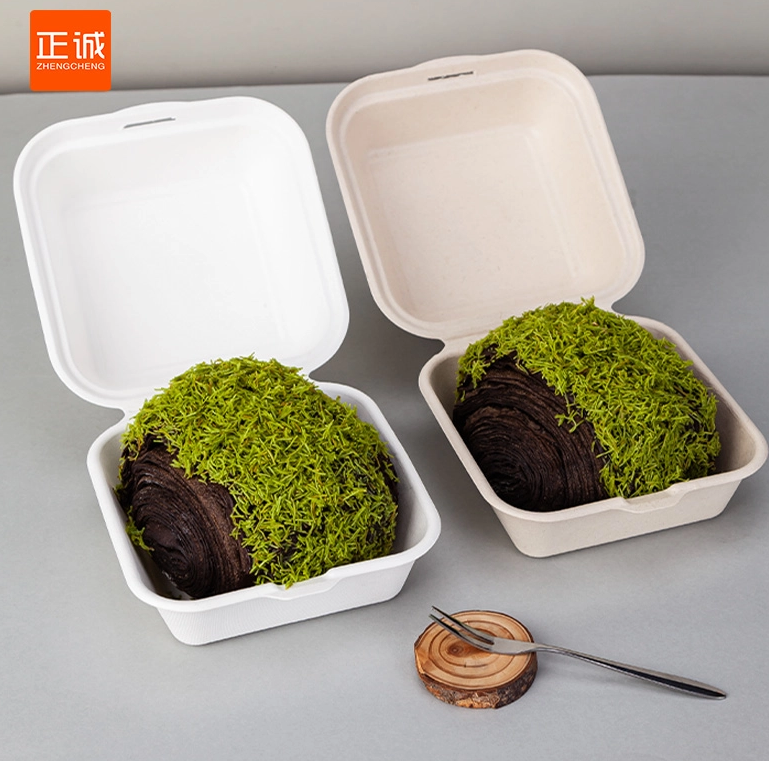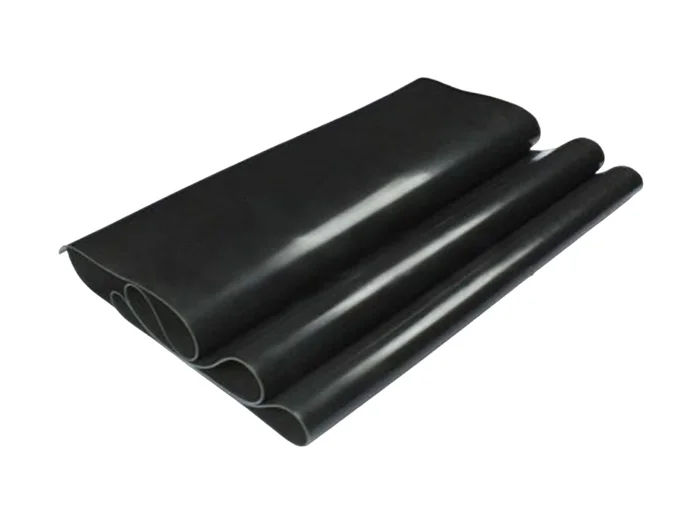In recent years, the conversation surrounding sustainability and environmental responsibility has intensified, leading to a surge in interest in bioplastics. As consumers and businesses alike seek alternatives to traditional petroleum-based plastics, a pressing question arises: Are bioplastics cheaper than plastic? This article delves into the economic landscape of bioplastics, examining their costs, production processes, and the broader implications for industries and consumers.
Understanding Bioplastics: A Brief Overview
Bioplastics are derived from renewable biomass sources, such as corn starch, sugarcane, or even waste materials. Unlike conventional plastics, which are primarily made from fossil fuels, bioplastics can be designed to be biodegradable or compostable, offering a potential solution to the global plastic waste crisis. However, the cost of production and market viability of bioplastics compared to traditional plastics remains a critical factor in their adoption.
The Cost Structure of Traditional Plastics
To understand whether bioplastics are cheaper, we must first analyze the cost structure of traditional plastics. The production of conventional plastics, such as polyethylene and polypropylene, benefits from well-established supply chains and economies of scale. The raw materials—derived from crude oil—are relatively inexpensive, and the manufacturing processes are highly optimized, resulting in low per-unit costs.
According to industry reports, the average cost of producing traditional plastics can range from $0.50 to $1.50 per kilogram, depending on the type and market conditions. This affordability has made plastics ubiquitous across various sectors, including packaging, automotive, and consumer goods.
The Economic Landscape of Bioplastics
Bioplastics, while promising in terms of sustainability, often face higher production costs. The raw materials used in bioplastics, such as corn or sugarcane, can be more expensive than fossil fuels, particularly when considering the agricultural inputs required for cultivation. Additionally, the production processes for bioplastics are not as mature as those for traditional plastics, leading to higher operational costs.
Current estimates suggest that bioplastics can cost anywhere from $1.50 to $3.00 per kilogram, depending on the type of bioplastic and the scale of production. This price disparity raises questions about the economic feasibility of bioplastics in competitive markets.
Factors Influencing the Cost of Bioplastics
Several factors contribute to the cost of bioplastics, including:
- Raw Material Availability: The price of agricultural feedstocks can fluctuate based on weather conditions, crop yields, and global demand. This volatility can impact the overall cost of bioplastics.
- Production Scale: Bioplastics are still emerging in the market, and many manufacturers operate at a smaller scale compared to traditional plastic producers. As production scales up, costs may decrease due to economies of scale.
- Technological Advancements: Ongoing research and development in bioplastic technologies could lead to more efficient production methods, potentially lowering costs in the future.
- Government Policies and Subsidies: Supportive policies aimed at reducing plastic waste and promoting sustainable materials can influence the cost dynamics of bioplastics. Subsidies for bioplastic production or taxes on traditional plastics could shift the economic balance.
The Long-Term Economic Perspective
While bioplastics may currently be more expensive than traditional plastics, it is essential to consider the long-term economic implications. The environmental costs associated with plastic pollution, such as cleanup efforts and health impacts, are not reflected in the price of conventional plastics. As awareness of these issues grows, consumers and businesses may be willing to pay a premium for sustainable alternatives.
Moreover, as technology advances and production scales increase, the cost of bioplastics is expected to decrease. Companies that invest in bioplastics today may position themselves advantageously in a future where sustainability becomes a critical factor in consumer purchasing decisions.
Conclusion: A Complex Decision
In conclusion, the question of whether bioplastics are cheaper than traditional plastics is not straightforward. While current production costs for bioplastics are generally higher, the long-term benefits—both environmental and economic—may justify the investment. As the market evolves and technology improves, bioplastics could become a more viable and cost-effective alternative to conventional plastics.






+ There are no comments
Add yours